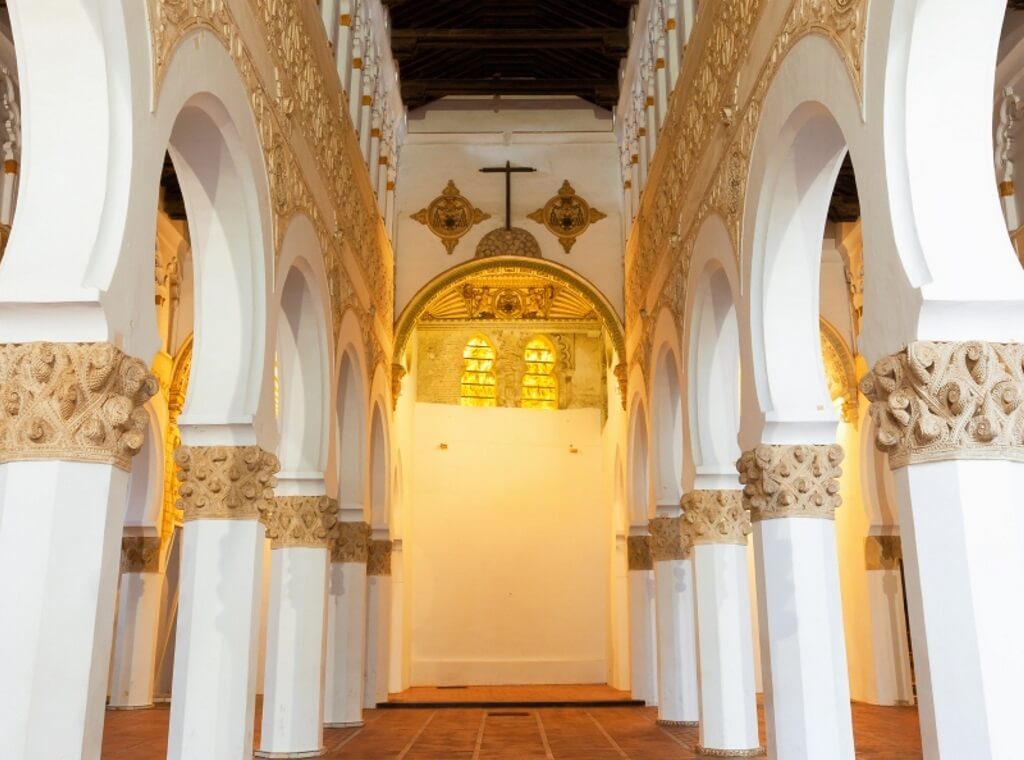TOP 10 EXPERIENCES
For Spain
4. Exploring the cities with multicultural history
Toledo and Cordoba, in the centre and south of the country, respectively, are two very different cities, but which share the fact that in medieval times they were both home to different communities, cultures and beliefs. The important thing is that these communities lived together in harmony, and left a unique heritage, because it is not so common for them to coexist and stand the test of time.
At the time when the Romans used Toledo as a strategic link to other cities, many Jews lived there. And it remained so with the Visigoths and the Moors, who made it the regional centre. With the Christian re-conquest in 1085, Toledo, while still a medieval city, was strikingly liberal with regard to tolerance and cultural diversity. The triangle in the romantic, historic centre formed by the Cathedral, the Santa Maria La Blanca Synagogue and the Mosque, dates back to that period. The Visigoth Museum is also in the middle of that triangle.
The same can be said of Cordoba, which was the regional capital for the Roman empire and capital both of the Cordoba Emirate, and the Al-Andalus kingdom, and which, during the Middle Ages, was a city with aqueducts, paved streets with oil lighting, libraries, palaces, public baths and a huge, impressive and luxurious mosque, in contrast with what was at that time a poor, under-educated Europe. Although the Muslims were in the majority, they lived in cooperation with Christians and Jews, so basically there was a common culture shared by the three religions: the same language, the same food, the same clothing, the same art and the same music, whilst religious rituals were kept in the private domain. The Mosque, the Jewish Quarter, the Roman Bridge and the Alcázar de los Reyes Cristianos are proof of just that.

